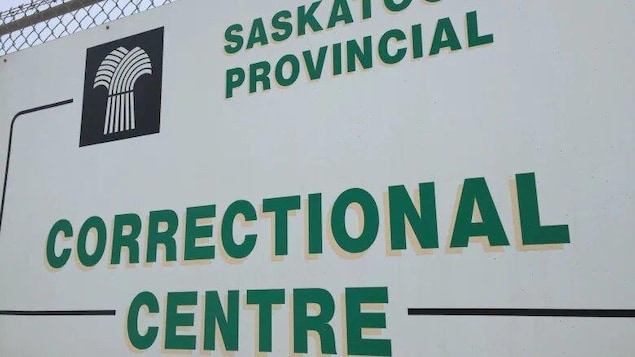According to the province, the substance abuse unit will improve community safety by providing support and treatment for offenders struggling with substance abuse issues.
The program can accommodate 25 inmates for its first cohort. It will be spread over five weeks and will take place every day from Monday to Friday, starting on May 16.
Its programming will address relapse prevention and the acquisition of problem-solving skills. It will include behavioral therapy and goal setting exercises.
Drug addiction is a leading cause of gang-related crime and violence
Corrections, Policing and Public Safety Minister Christine Tell said in a statement.
” We know from experience that treating offenders for substance abuse and related mental health issues can reduce their participation in the criminal justice system and make Saskatchewan a safer place for everyone. »
These services will be delivered through a partnership between the Ministry of Corrections, Policing and Public Safety, the Ministry of Health and the Saskatchewan Health Authority.
Shawn Fraser is the President and CEO of the John Howard Society of Saskatchewan, an organization that advocates for a more efficient, fairer and more humane justice system. He commends the provincial government for accepting these new programs in correctional facilities. Nevertheless, he points out that much remains to be done.
The ultimate goal, he says, is that no inmate will re-offend after leaving a correctional facility.
” And too often, this is not the case. We don’t have the support we need within the correctional system. And certainly when people leave, quite often they find themselves in the same environments that brought them to prison in the first place. »
The general manager of Prairie Harm Reduction, Kayla Demong, makes a similar observation. She believes the province needs to fund even more programs across Saskatchewan, both inside and outside of the correctional system.
A heavy toll related to drug addiction
In 2021, the Saskatchewan Coroner’s Office listed 464 people whose deaths were or could be attributed to drug toxicity. This number has more than doubled compared to the previous two years.
I don’t think it’s a matter of choice. We know we need better access to treatment. We know we need better access to mental health support. We know we need more funding and support for harm reduction programs across the province
says Ms. Demong.
Effective programs
The first Substance Abuse Treatment Unit (also known as DSATU) was established at the Regina Correctional Center in 2008. Additional units were established at Pine Grove Correctional Center and Prince Albert Correctional Center in 2020 and in 2021.
The Ministry of Corrections, Policing and Public Safety conducted an assessment of the DSATU from the Regina Correctional Center in 2016. This evaluation found that the recidivism rate of participants after release is statistically lower, depending on the province.
The recidivism rate of participants in the DSATU after their release is lower than for other inmates, by a proportion that is statistically significant, says the province.
The evaluation also found that participants had a lower rate of contact with correctional services six months, one year and two years after release.
In addition, participants who returned to contact with correctional services had remained without contact after their release longer than other inmates.
Participants also had a much lower rate of misconduct while they were still in custody, between the end of the program and their release.
According to the province, 78 inmates at the Regina Correctional Center completed the program in 2021. About 470 inmates completed the program there between 2017 and 2021.
Meanwhile, in 2021, 54 and 48 inmates have completed the program at Pine Grove and Prince Albert Correctional Centers.
With information from Laura Sciarpelletti
Reference-ici.radio-canada.ca
